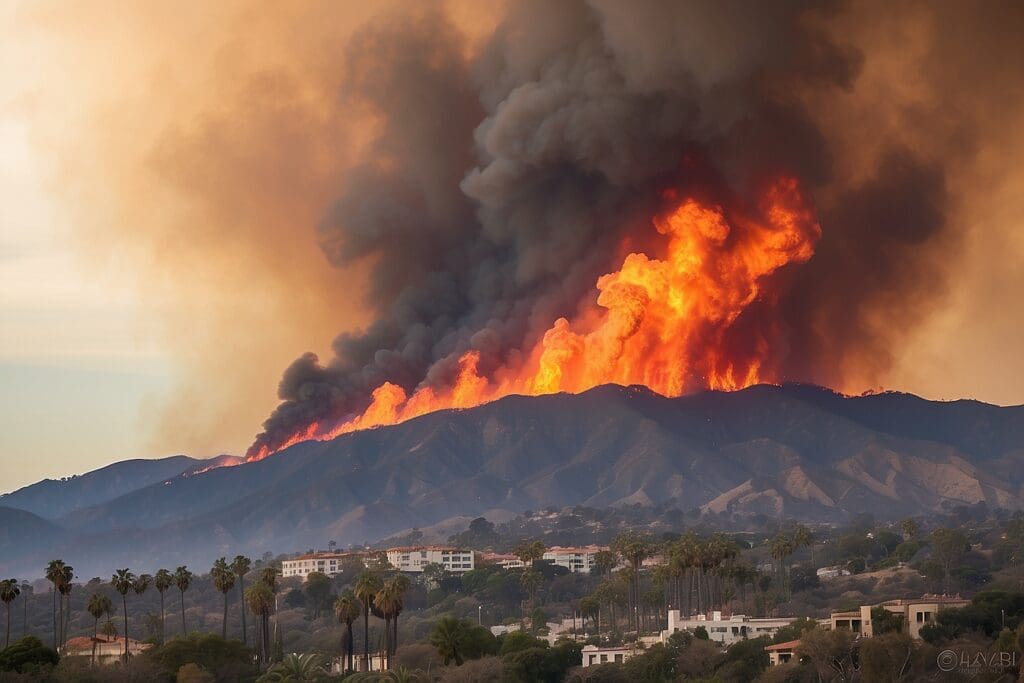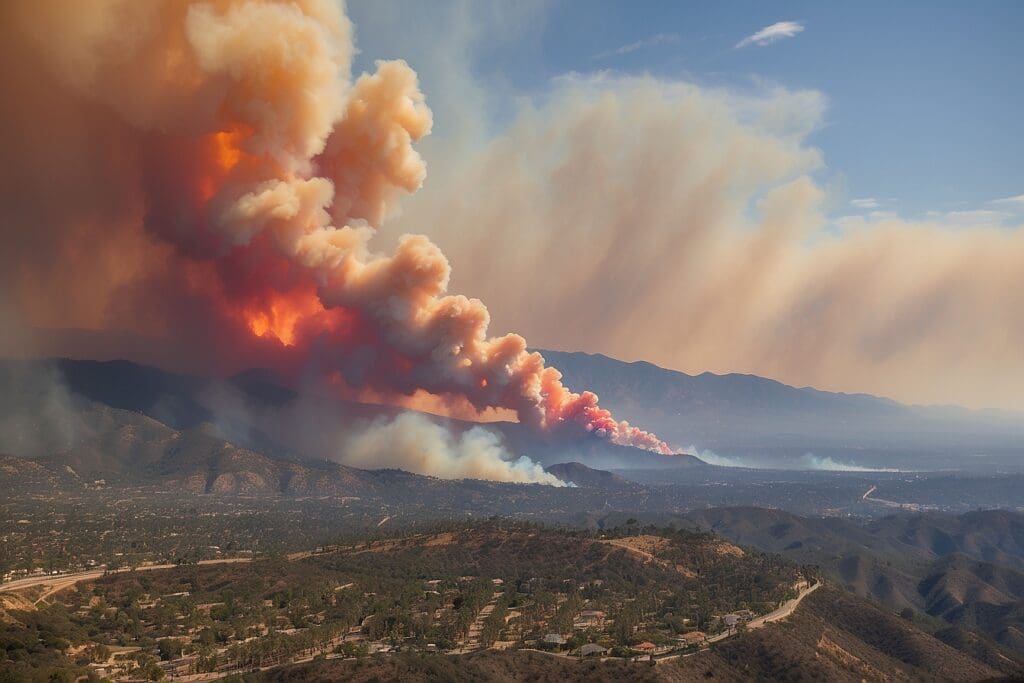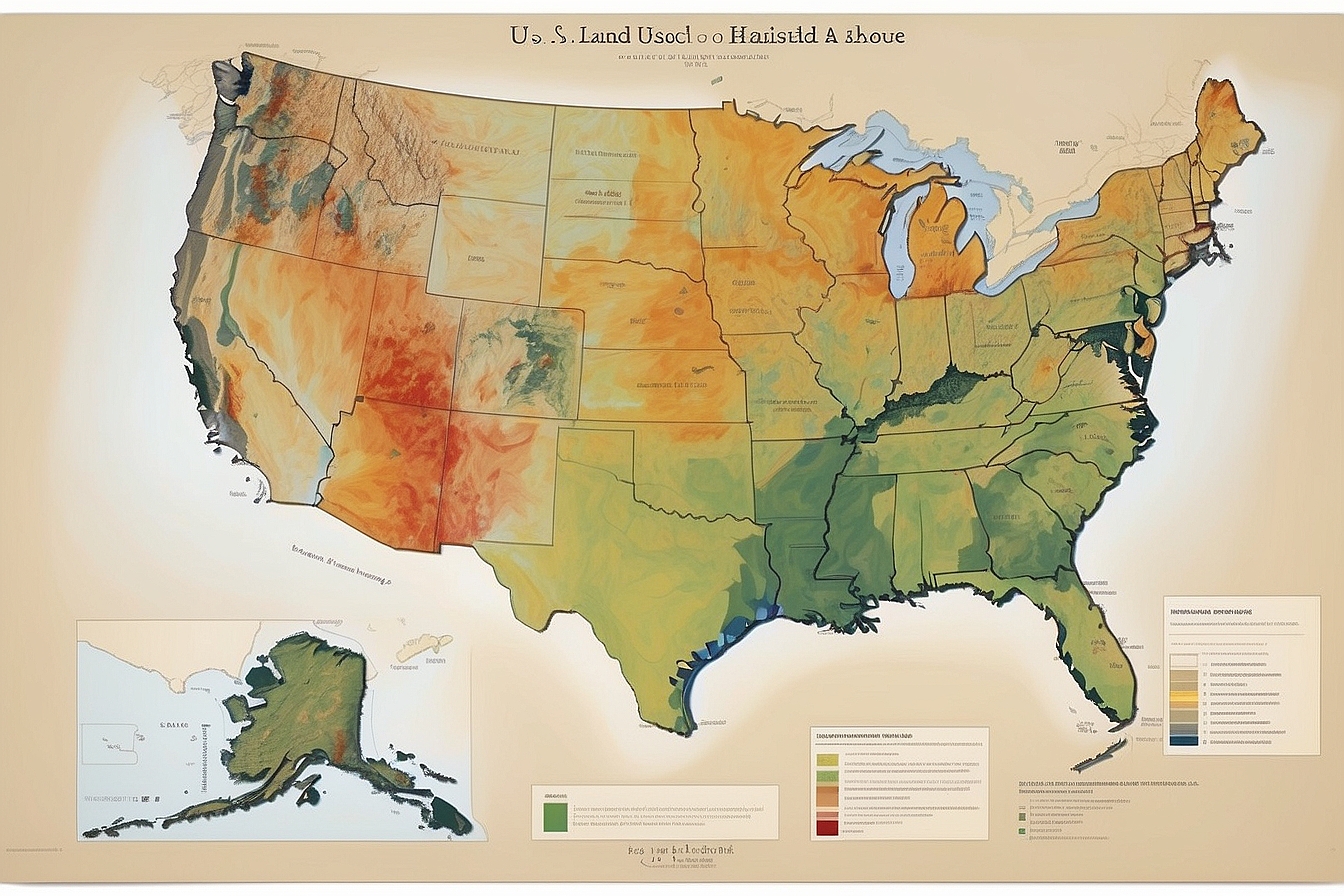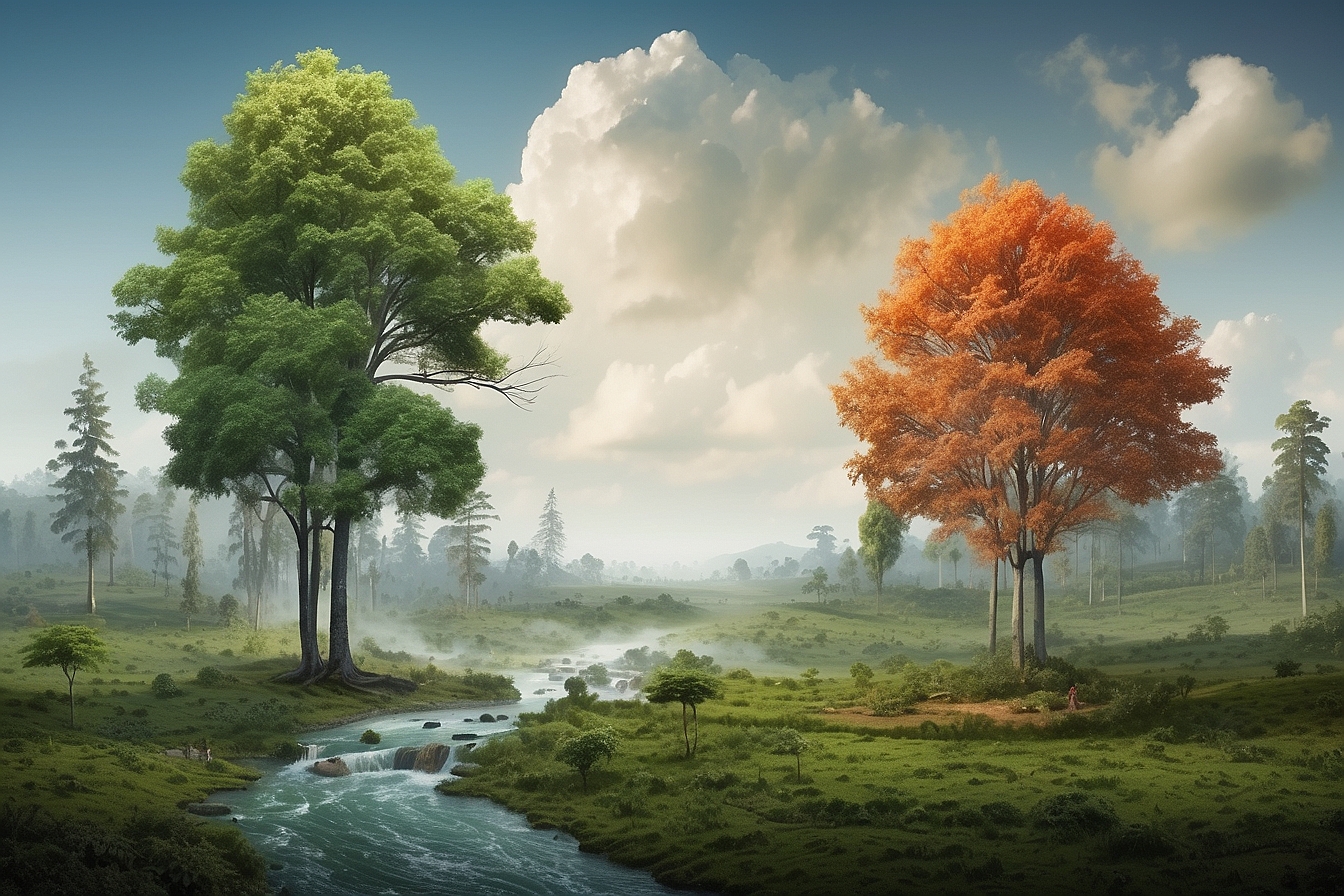Santa Barbara made history in May of 2009 with the Jesusita fire. After two other separate and significant fires within just 10 months of the Jesusita and a total of four major fires in two years, residents were scratching their heads wondering when the threat of another natural disaster would finally subside. But the truth is that fire is a natural part of the chaparral ecosystem, the environment that comprises the mountains of Santa Barbara. Fires have always been and will continue to be a part of Santa Barbara’s history, the earliest account of a specific occurrence was in the 1950s and was called the Refugio Fire. Sadly enough, all four of the recent fires have been the result of arson, setting the normally peaceful community into somewhat of an angry mob. So how did the fires start? And when will they stop? I understand that wildfires must occur (naturally-occurring ones at least), and that for a fire-dependent ecosystem they are the chaos that precedes serenity. However, as a local myself, it would be nice to foresee an ending, if there is in fact one to be had.

1990: The Painted Cave Fire
If there is any lesson to be learned from the Painted Cave Fire of 1990 it is that fire is to be both feared and respected, equally and in that order. The fire was named such because it began in an area of the mountains adjacent to an actual Painted Cave previously inhabited by the Chumash Native Americans, which was located five miles up into the mountains. At six o’clock in the evening the wildfire started, and by the end of the night—an estimated four or five hours later—it had burned its way down the mountain, charred neighborhoods, jumped the six-lane highway, burned through more neighborhoods, and rested only when it reached the shores of the Pacific Ocean.1 Five thousand acres and more than 500 buildings later the wildfire finally simmered. Although it continued to burn up the mountain for the next couple of days, the bulk of the damage to the community occurred in the first few hours of ignition. The community was in a state of disarray and bewilderment. The lesson: fire moves fast.
2007: The Zaca Fire
The largest fire in Santa Barbara‘s history and the second largest in the state, the Zaca fire burned about 375 square miles of the Los Padres National Forest. Although it did limited damage to the local population and man-made structures,2 citizens were still very aware and very afraid of its presence. It burned for months and albeit the immediate after effects appeared devastating, regrowth is now burgeoning, demonstrating to locals the lesson that fire is indeed necessary.
2007: The Gap Fire
If any fire was meant to scare the locals, this would have to be the one. The gap fire hit close to home for me, literally, as dozens of my co-workers were evacuated to the local schools. Ash filled the summer sky, falling like rain and turning the world around us into a dusty grey color with a consistent blood-orange glow. A bird sighting was rarer than a peak of blue sky. If anything else, I was convinced the apocalypse was nearing. Fourth of July fireworks were cancelled, and Isla Vista—the college city known for its condensed young population and constant flux of drinking—suffered numerous power outages causing both havoc and panic to ensure. With a blackened sky and no stars nor moon to help our adjusting night vision, the small community turned into a mysterious place of uneasiness.
Unfortunately, there were an estimated 1,400 other wildfires burning throughout the state, so California firefighters were in high demand.3 Santa Barbara was forced to employ thousands of firefighters from nearby states as Governor Schwarzenegger declared a state of emergency and the small costal city made the front page of the New York Times—a rare event. After a month or so of burning and with thousands of gallons of water and extinguisher dropped with minimal effects, nature began to help itself, importing costal fog and mist to cool its mountains aflame. By the end of summer, the fire had finally been contained, but in just a few months time another wildfire would explode into action, again due to arson and years of fire repression. The lesson: fire is resilient.
2008: The Tea Fire
During the Tea Fire, the disaster that hit just five months before the Jesusita, a group of local college kids accidently started the blaze by not recognizing that the ashes from their campfire from the night before were actually still a threat, despite their seemingly cold appearance. The fire began just a few hours after the young adults left their camp site and set Montecito (a famous and extremely wealthy area—I saw James Cameron there on a recent trip to the bank) ablaze. The fire morphed multi-million dollar properties into modest piles of charred remains and nearly killed two locals. Containment was a whisper of a hope in the first week as locals hopelessly watched the news channels as mansions burned for hours. The Governator again declared a state of emergency and firefighters from all over the state once again came to Santa Barbara’s rescue.4
Although the group that started the fire was not prosecuted for its actions, the damage they caused was crime enough.
2009: The Jesusita Fire
When this wildfire hit just in May, I thought to myself “you must be joking.” This was the fourth fire I had seen in the five years that I had lived in this community and I was shocked at the wildfire’s reappearing head. Apparently the first three had not satisfied the mountain’s appetite for flames. The fire began supposedly by power tools. Some one was reportedly cutting down fire-prone brush to abate, you guessed it, wildfires, and ended up accidently starting one instead. (Oh the irony is so thickly discernible it is almost painful to discuss!) Jesusita displaced an estimated 30,000 people from their homes, fueled by unusually high winds with gusts up to 65 miles per hour. At night, the winds got worse and the fires became more dangerous.5 Seventy-eight homes were lost and 22 others were heavily damaged. The Independent, a local publication, named Jesusita “the most threatening natural disaster ever.” The fire only lasted for about a week, but it moved fast, creating new evacuation areas almost hourly and converted State Street, the city’s most famous tourist spot, into a ghost-town equivalent on a Friday night.
After every wildfire, the local newspapers print that this fire, this time, was the most influential or the most threatening natural disaster to the city to date. With every new wildfire comes bigger and better byline. But which one was the worse, really? No one is really sure, considering each did its own damage to every community. Financially speaking, the Tea Fire rocked Santa Barbara’s wealthiest community and left thousands of people homeless. But every fire discussed above was due to three main factors: very warm weather, high winds, and acres of fire-prone foliage just aching to taste some flames. Not ironically, each fire that occurred within the last two years, the Zaca, Gap, Tea, and Jesusita, all seared different parts of the forest. Only small portions of land were overlapped by the previous fire, in other words, each disaster consumed its own portion of the local chaparral. The Zaca cooked the back country, the Gap fire ate up the northern-most portion of the community, the Tea took Montecito (the south), and the Jesusita parched the area in between the borders of the Tea and the Gap. Each picked up what the others had left behind. Looking now at the barren mountainside, even though much of it has already grown back, it still looks like the majority has been torched. The four fires combined have seemingly left only small portions unharmed. Hopefully, the force of these four will be enough to keep fire out of the local newspapers for the next few decades, although we locals now have learned that fire is a fast-moving, resilient, but necessary force of nature that must be both respected and feared.





